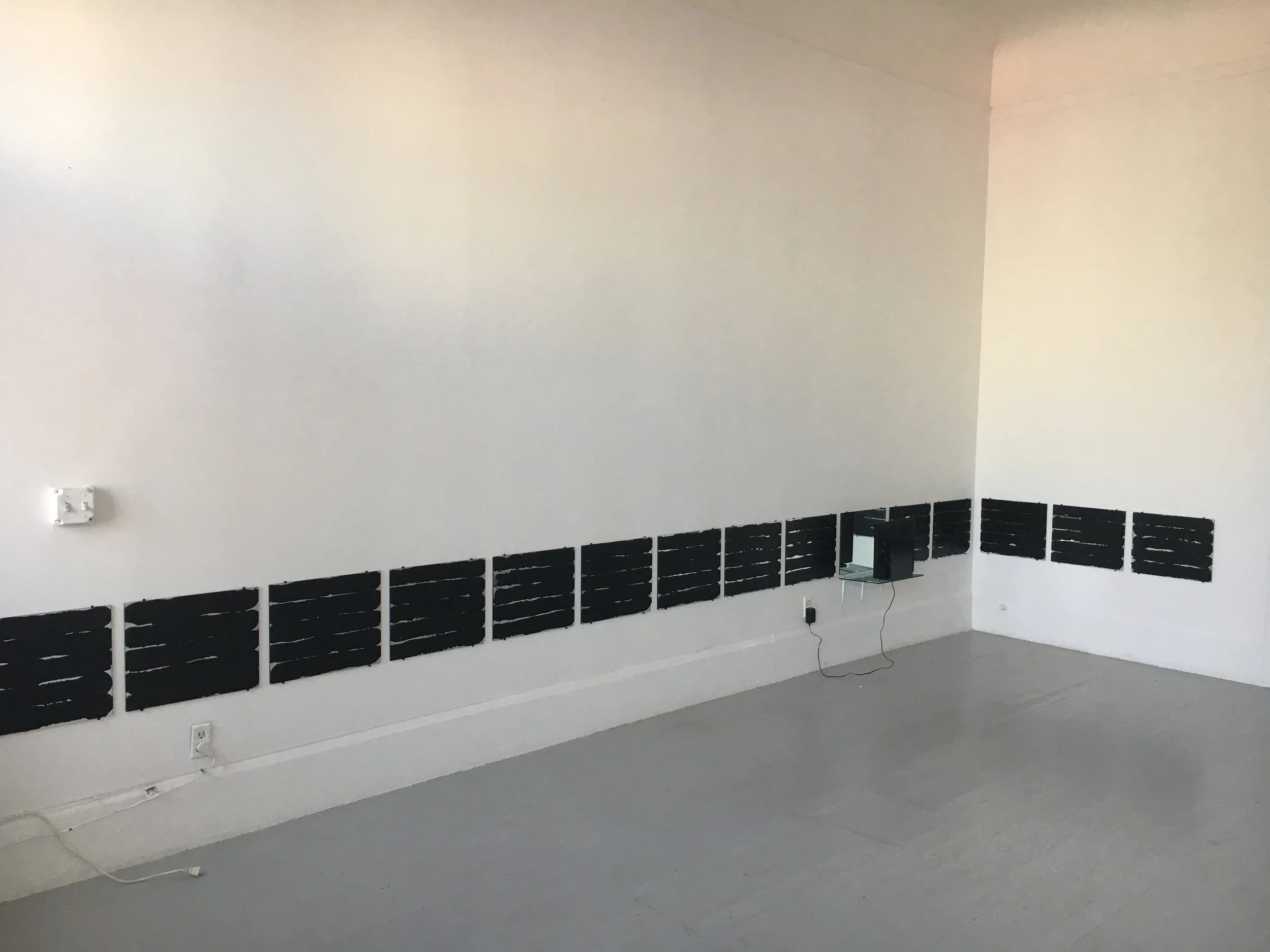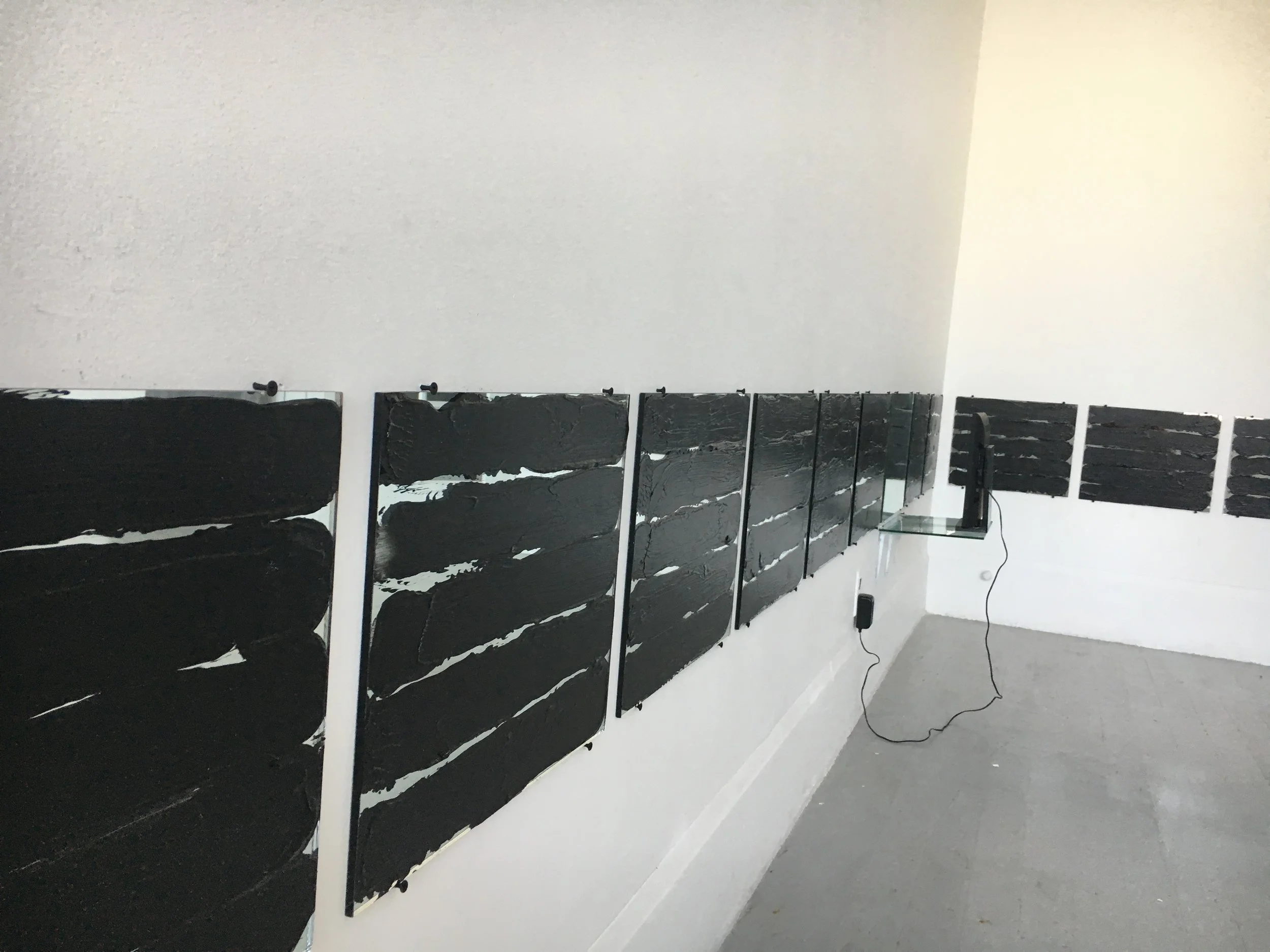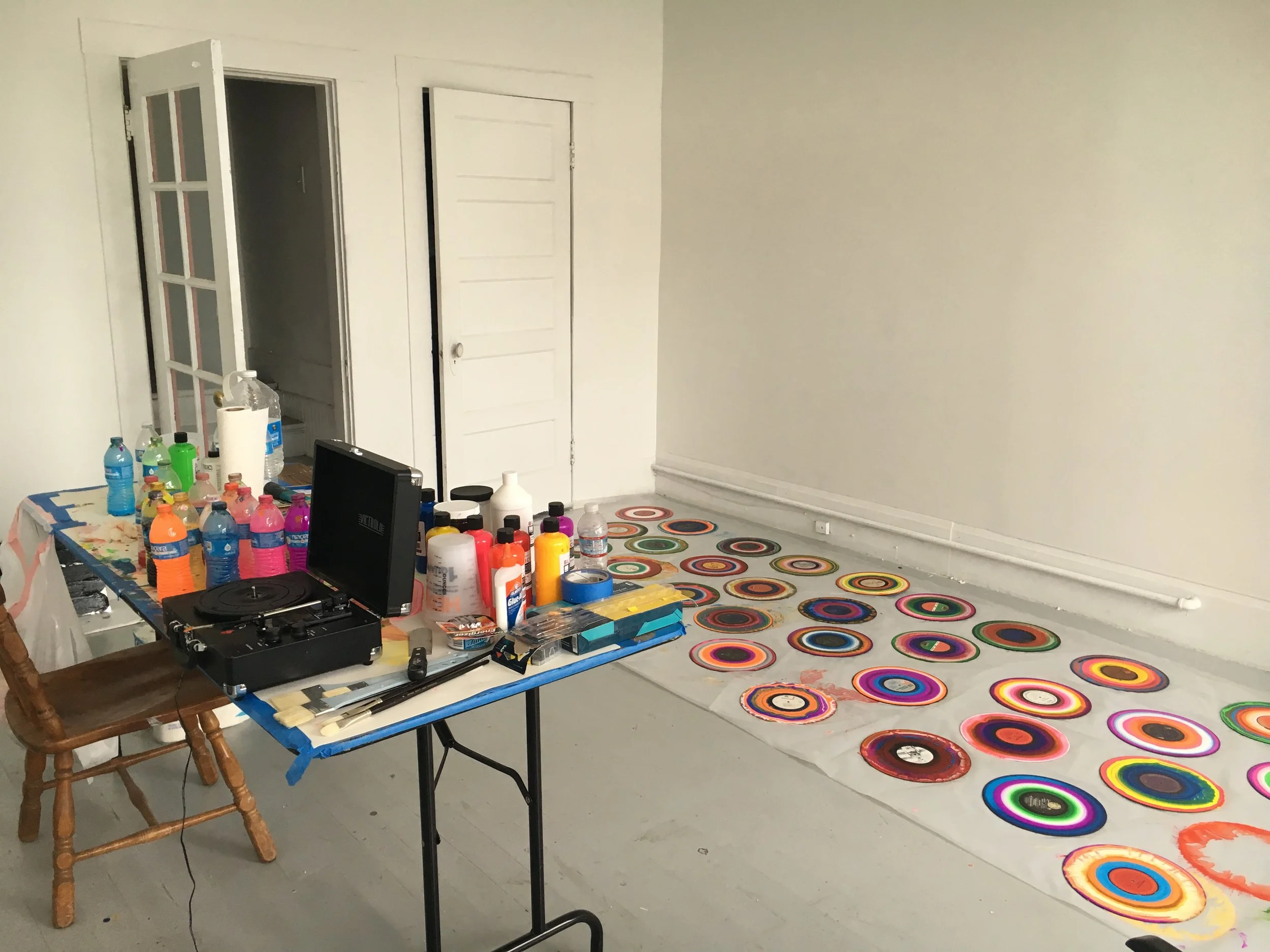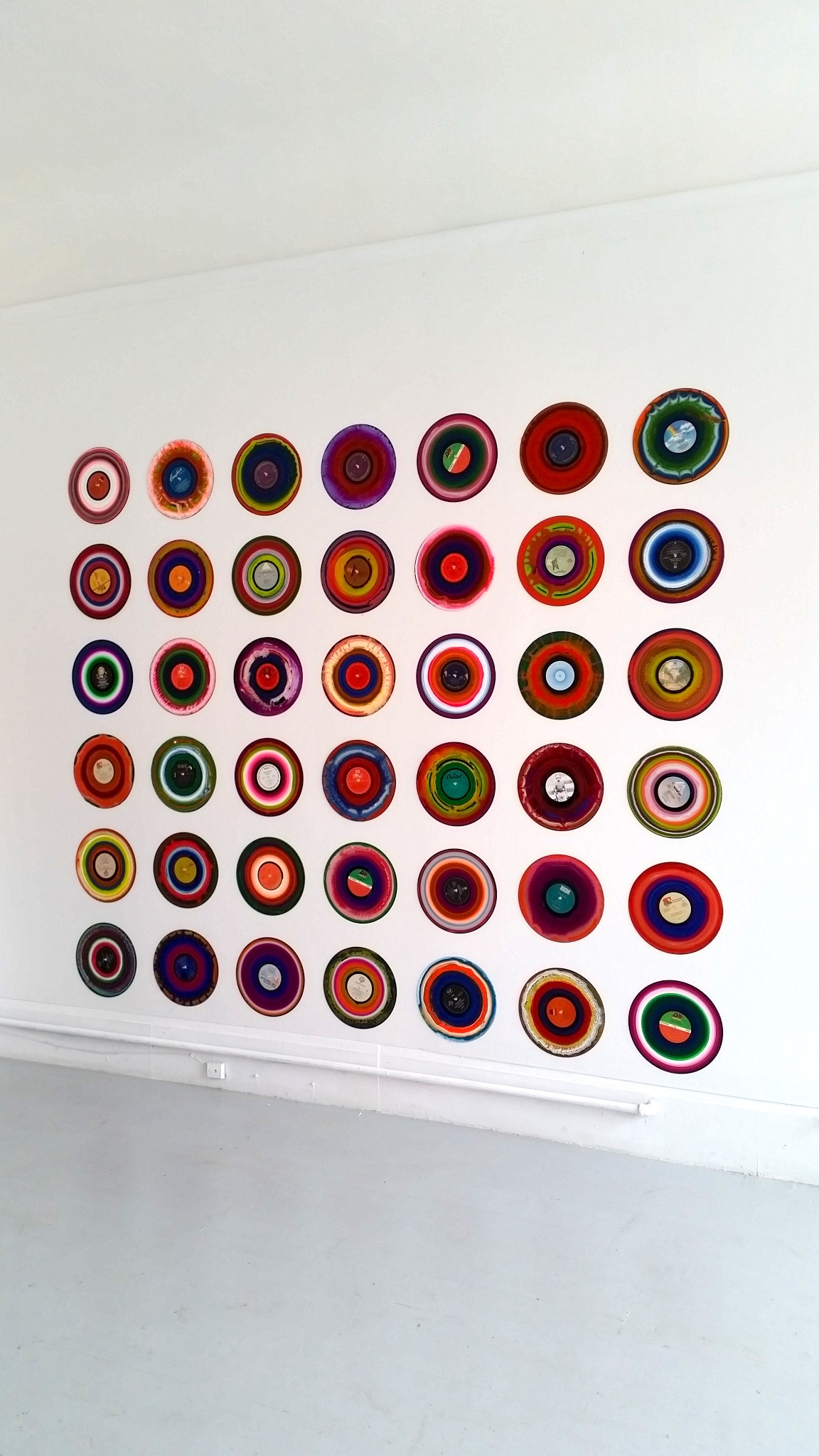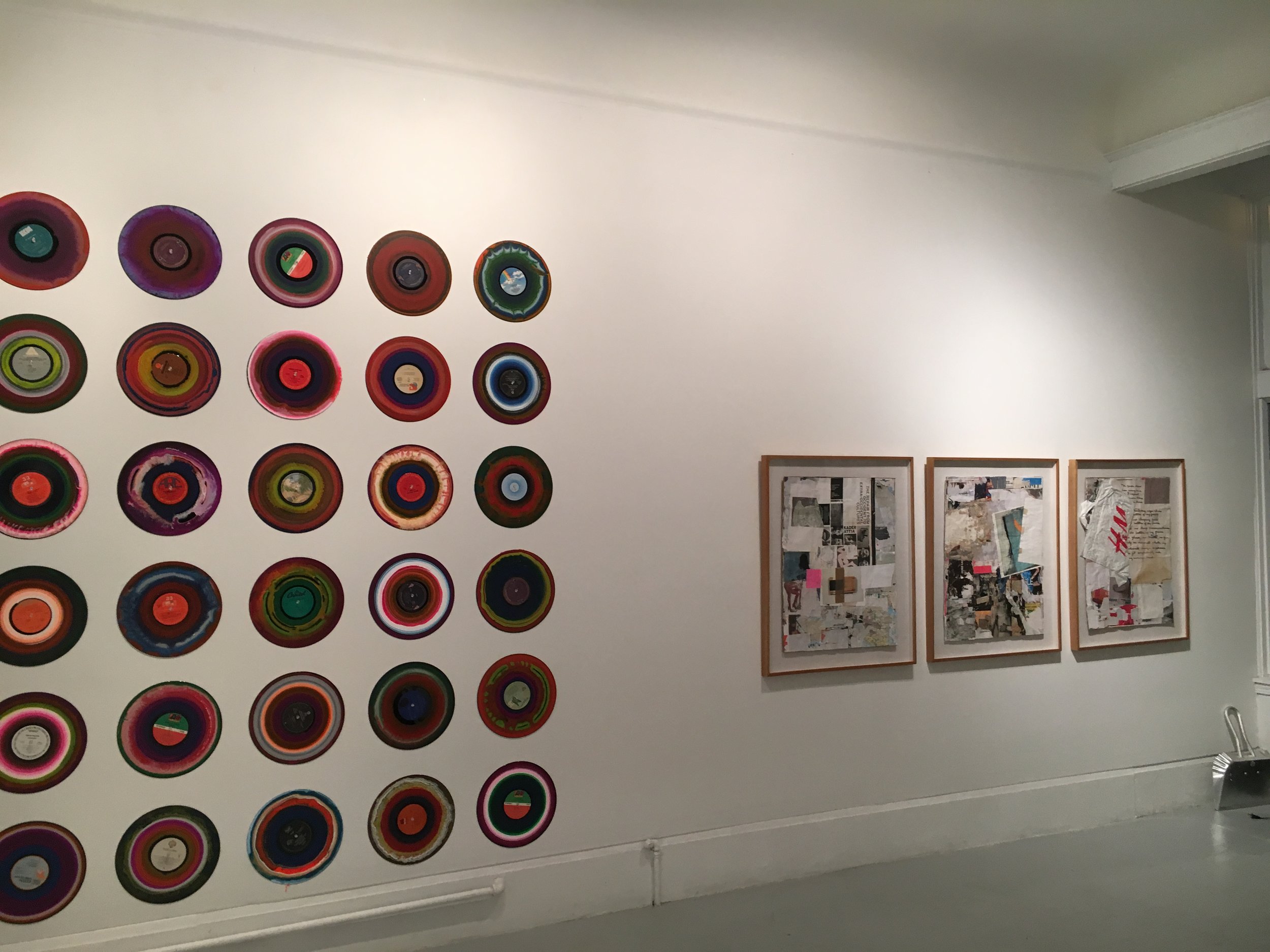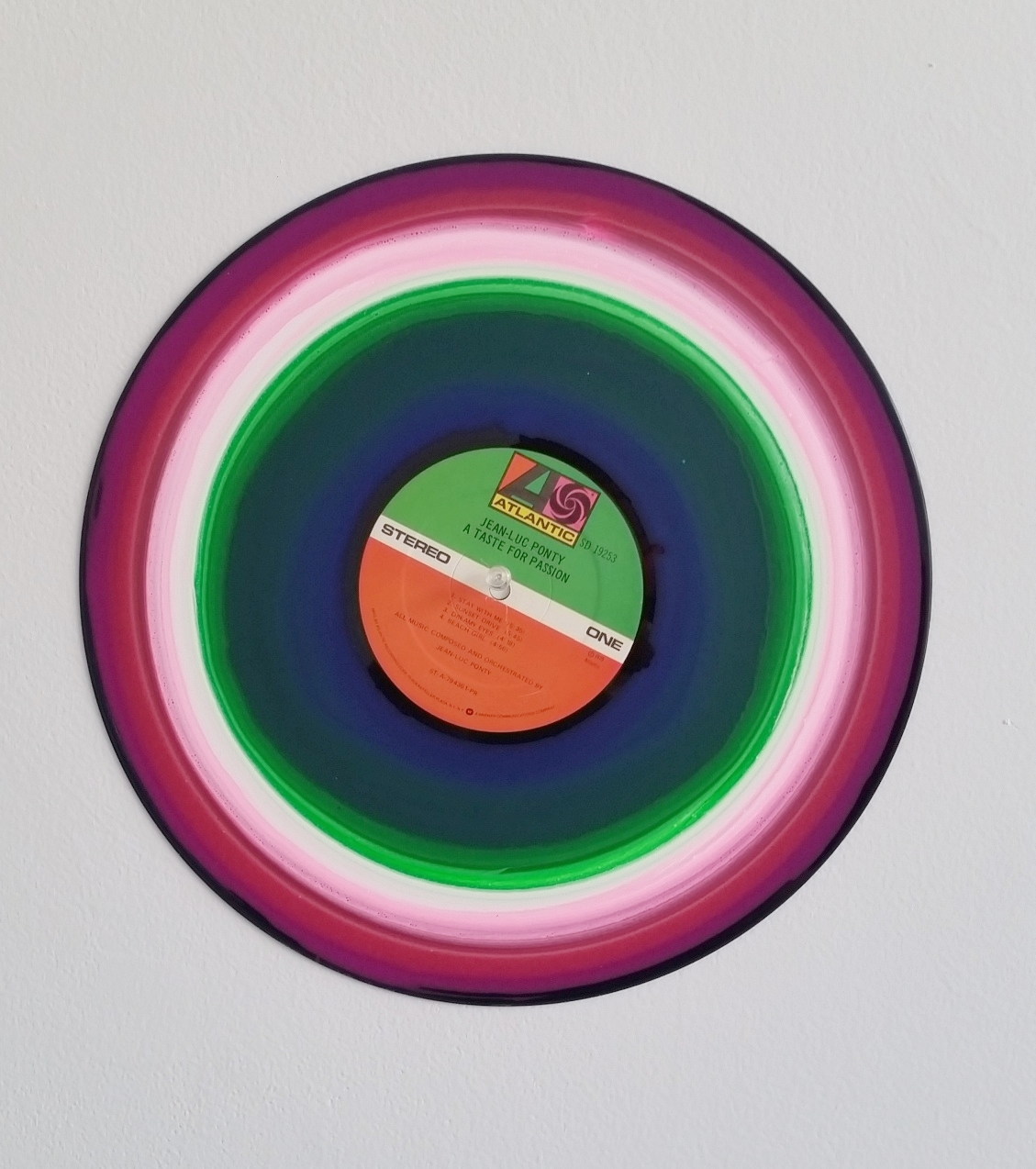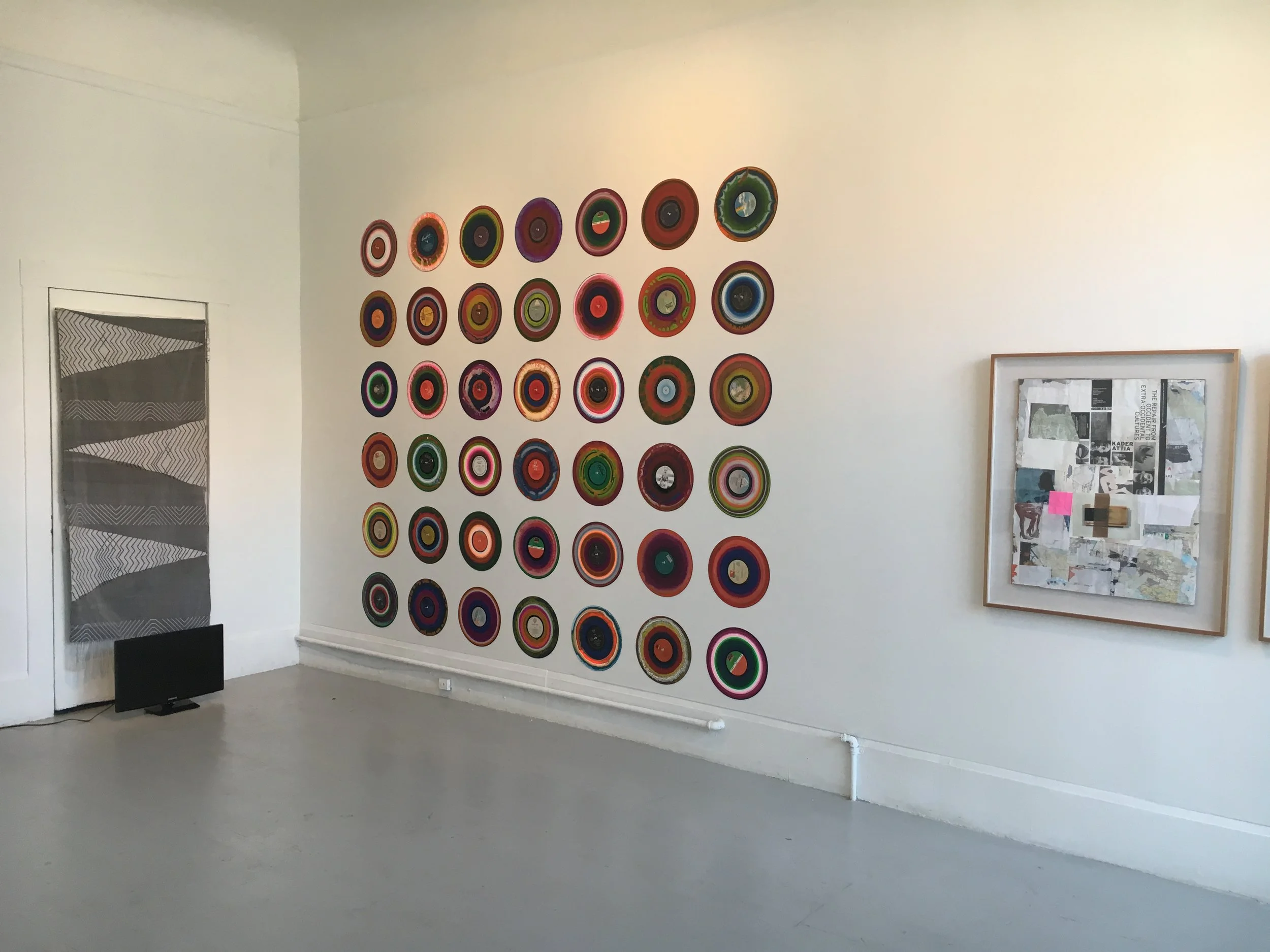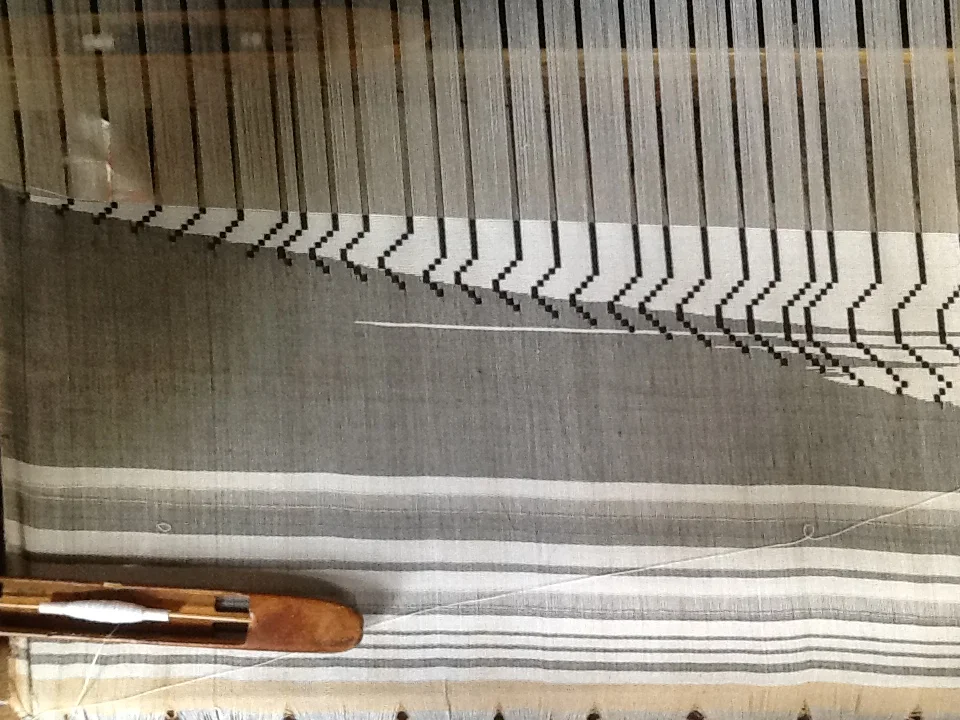GeraRdo tan
HABLON REDUX AND OTHER TRANSCRIPTIONS
please click on each image to view full screen
GERardo TAN
HABLON REDUX AND OTHER TRANSCRIPTIONS - ARTIST in RESIDENCY
SEPtemBER 23RD-OCTOBER 22nd, 2016
OPENING RECEPTION: SATURDAY, OCTOBER 1ST, 6:00 TO 9:00 PM
From September 23rd to October 22nd, Random Parts will host a residency and exhibition by the acclaimed Filipino and Manila- based artist, Gerardo Tan.
Tan’s exhibition, HABLON REDUX AND OTHER TRANSCRIPTIONS will include conceptual installations and paintings that underscore the self-reflexivity and the creative process of inter-media art.
This will be Tan’s first solo exhibition on the West Coast.
Rewriting materiality
Lisa Ito
The act of transcription, while seemingly a straightforward means of typing, rearranging and rewriting, encompasses broader and more complex problems and possibilities of representation. One inevitably moves beyond the act of documenting what is heard, seen, or experienced. There is also need to grapple with the creative task of translating these into concrete form (usually through text, sound or painting), with both approximate fidelity to the source yet with its own integrity as a new means of expression. To transcribe is to transform: one alters not only the shape of things, but the encounter with materiality itself.
Philippine visual artist Gerardo Tan responds to the process of transcription by exploring translations between sound, space, and vision. This solo exhibition presents a survey of ongoing projects by the artist which collectively underscore the nature of form as a fluid, shifting state: continually changing in relation to conditions and processes of production. The show, likewise, underscores the protean character of Tan’s artistic practice: how he is able to translate conceptual exploration across a wide range of media, ranging from painting, video, found objects, installation and sound.
Among the most recent of these iterations within the show is Tan’s Hablon Redux Project, where the artist explores the multi-tiered process of transcription across textile weaving, sound, video, and visual form. Tan collaborates with musicologist Felicidad Prudente and traditional hablon textile weavers from the Indag-an Primary Multipurpose Cooperative in Miag-ao, Iloilo for this particular work. Tan records ambient sounds and continuous beats produced as the weavers work on the loom; Prudente transcribes these aural impressions and patterns into musical notations which are, in turn, translated by Tan into visual form.
The resulting work underscores how configurations of pattern and line can enact the complex interface between movement, rhythm, and material—eventually distilling the patient rhythm and painstaking process of producing textiles into visual form and symbol. This also quietly marks an expansion of Tan’s interest and practice as an artist: known for responding to the experience of everyday objects and mass media technologies, Tan expands this to how the strategies of artistic production, appropriation and reproduction may also be related to the domain of traditional arts, such as textiles.
Tan also presents a series of what he terms as spin paintings, produced by makeshift players and paint on vinyl records. The machines are refashioned so that their needles spread and push acrylic paint across the records’ grooves, creating spirals and patterns of pigment. This series can be compared to an earlier work by the artist, titled Skateboard Painting (2015), where the artist wields the skateboard as brush to produce a diptych marked by intersecting linear forms. As a counterpoint or bookend to the Hablon Redux Project, where sound is eventually distilled into visual objects, the spin paintings highlight the gesture of inscribing on objects formerly serving as functional distillations of sound. Encountered in relation to the other, the works underscore the reflexive binary between sound as painting and painting as sound.
Tan, lastly, explores the intersection between transcription and representation through combining mirrors, video and painting in the installation titled Fade to Black. In this work, Tan reconstructs a series of mirror paintings: eventually effacing any semblance of self until no trace of the original reflection remains, documenting the entire loop of the process. Positioned in relation to other works, this piece may very well serve as a marker of the inherent instability of transcriptions as mimetic forms: serving less as mechanical reflections and passive reiterations, but as emergent and increasingly collaborative undertakings in the whole ecology of signs.
Gerardo Tan (b. 1960, the Philippines) is a multimedia artist who works with object and photography-based installations, artists books, collages and mixed media paintings. A recipient of the Cultural Center of the Philippines’ 13 Artists Award in 1988, his work has been included in notable exhibitions such as the 2nd Asian Art show of the Fukuoka Art Museum (1982), the First Melbourne Biennial (1999), the 4th Gwangju Biennial (2002), and the inaugural exhibition of the National Gallery of Singapore (2016). A former Dean of the University of the East College of Fine Arts and an art educator, Tan finished his B Fine Arts degree in Painting at the University of the Philippines and his MFA degree in Painting at the State University of New York at Buffalo as a Fulbright Fellow.
Collaborators
Dr. Felicidad A. Prudente is a specialist in Philippine music and is regarded as one of the leading Filipino musicologists today. She has conducted extensive field music research around the country such as the region of Cordillera, Palawan, Mindanao, andthe Sulu zone. Her studies range from indigenous musicsto Pinoy popmusic including analyses of 20th century art music by Filipino composers. Prudente finished her doctoral studies at the University of Michigan (1984) where she wrote a thesis on epic singing among the Kalinga of northern Philippines. She later pursued an academic career as a music professor at the University of the Philippines.
Indag-an Primary Multipurpose Cooperative is located in the village of Indag-an, Miag-ao, Iloilo. The cooperative is among the major producers of the hablon traditional handwoven textile and among the biggest weaving centers in the province.
Please see artworks for sale by Gerardo Tan here
Video by John Fortes
For more information on Gerardo Tan go to:

